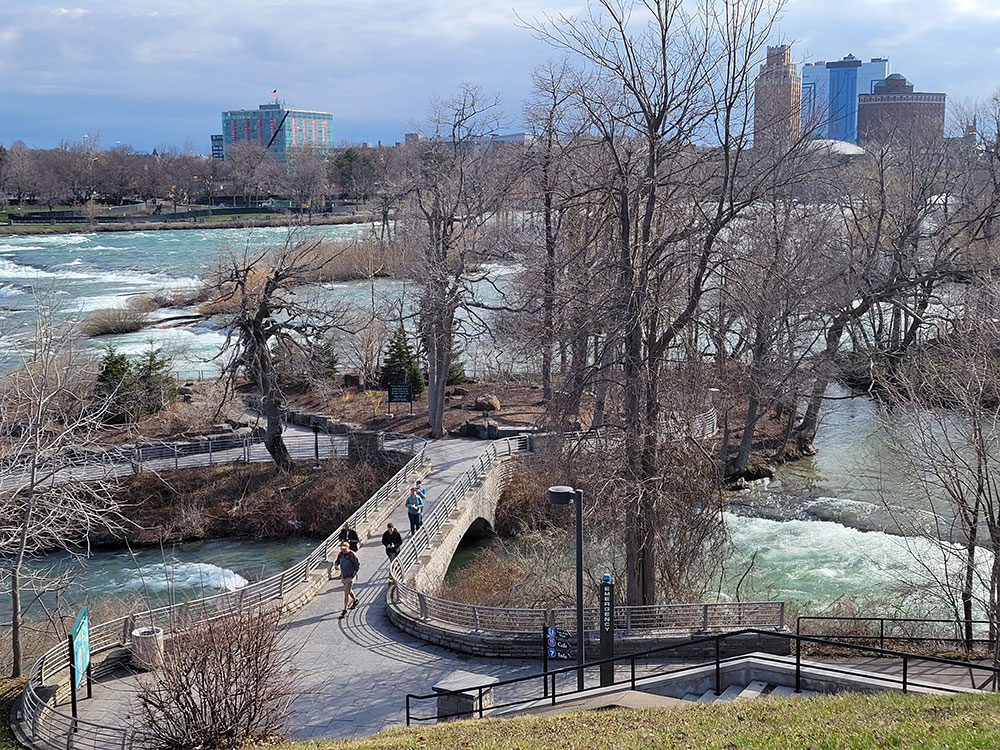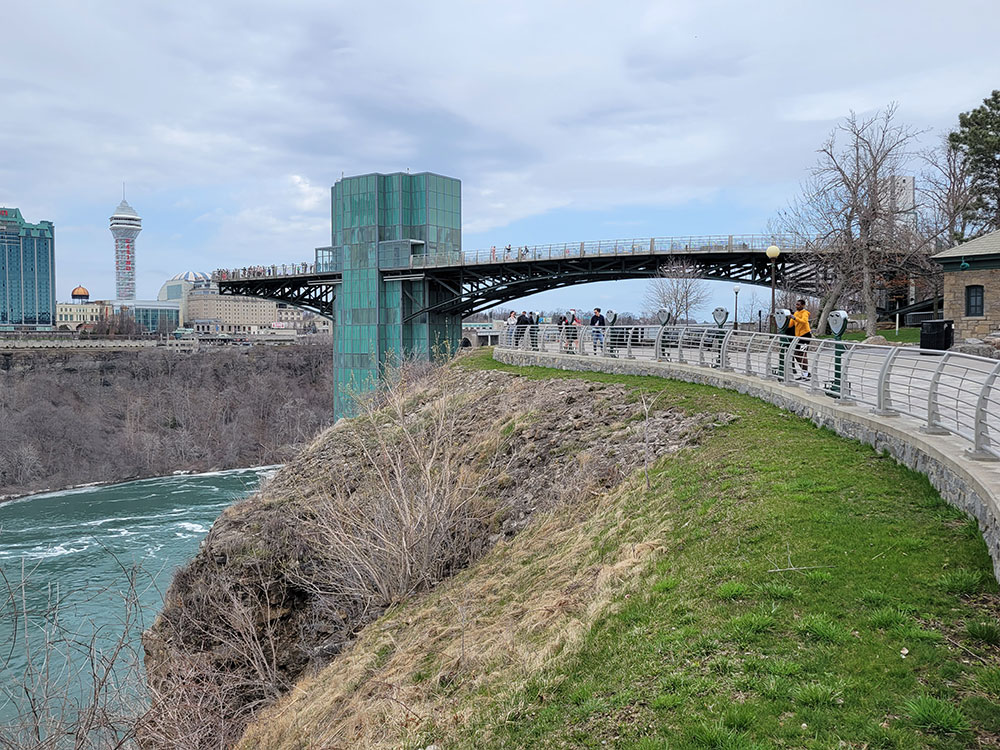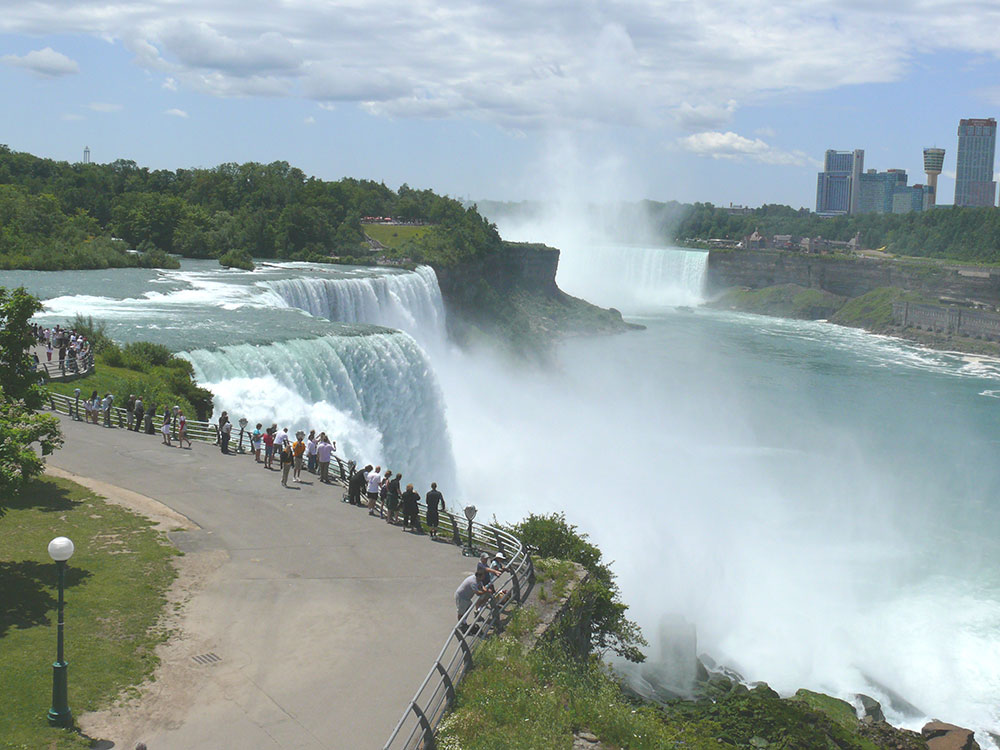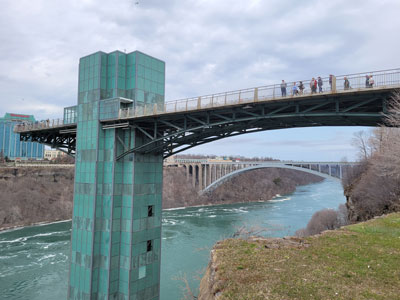Group of three waterfalls at the southern end of Niagara Gorge, spanning the border between Canada and New York
Places to See in Niagara Falls
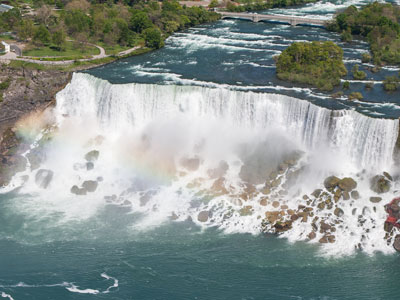
Robert F. Tobler, CC BY-SA 4.0, via Wikimedia Commons; Image Size Adjusted

Jeff P from Berkeley, CA, USA, CC BY 2.0, via Wikimedia Commons; Image Size Adjusted
-400.jpg)
Larry Koester, CC BY 2.0, via Wikimedia Commons; Image Size Adjusted

Jeff P from Berkeley, CA, USA, CC BY 2.0, via Wikimedia Commons; Image Size Adjusted
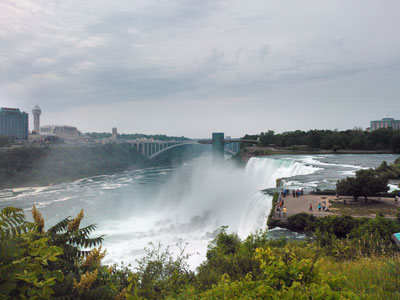
Yuvb, CC BY-SA 3.0, via Wikimedia Commons; Image Size Adjusted
_and_the_Hornblower_Niagara_Cruises_boat;_Niagara_Falls-400.jpg)
Thomaswm, CC BY-SA 4.0, via Wikimedia Commons; Image Size Adjusted

Jeff P from Berkeley, CA, USA, CC BY 2.0, via Wikimedia Commons; Image Size Adjusted
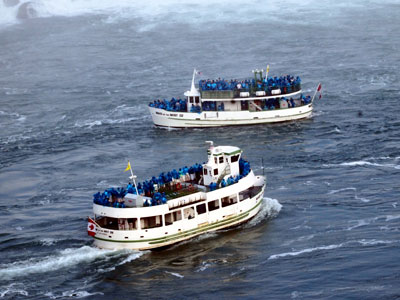
Lowlova, CC BY-SA 4.0, via Wikimedia Commons; Image Size Adjusted
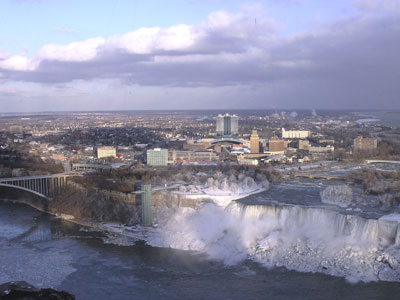
No machine-readable author provided. Mav assumed (based on copyright claims)., CC BY-SA 2.5, via Wikimedia Commons; Image Size Adjusted
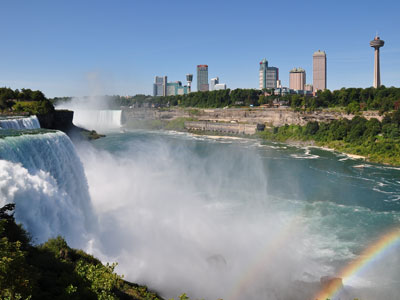
Bob Collowan, CC BY-SA 4.0, via Wikimedia Commons; Image Size Adjusted
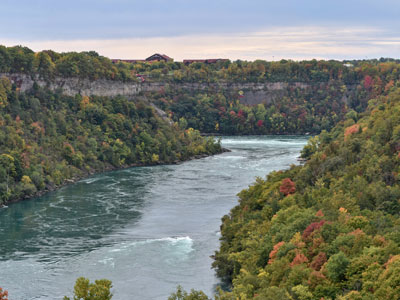
The Cosmonaut, CC BY-SA 2.5 CA, via Wikimedia Commons; Image Size Adjusted
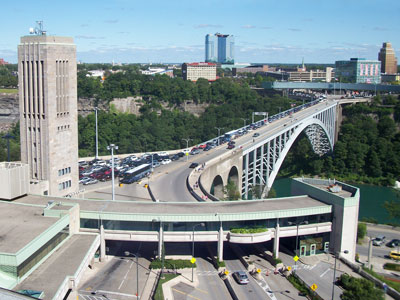
Verne Equinox, CC BY 3.0, via Wikimedia Commons; Image Size Adjusted
-400.jpg)
Tony Hisgett from Birmingham, UK, CC BY 2.0, via Wikimedia Commons; Image Size Adjusted
Niagara Falls is a group of three waterfalls at the southern end of Niagara Gorge, spanning the border between the province of Ontario in Canada and the state of New York in the United States. The largest of the three is Horseshoe Falls, also known as Canadian Falls, which straddles the international border of the two countries. The smaller American Falls and Bridal Veil Falls lie within the United States. Bridal Veil Falls is separated from Horseshoe Falls by Goat Island and from American Falls by Luna Island, with both islands situated in New York.
Flowing north as part of the Niagara River, which drains Lake Erie into Lake Ontario, the combined falls have the highest flow rate of any waterfall in North America that has a vertical drop of more than 50 m (160 ft). During peak daytime tourist hours, more than 168,000 m3 (six million cubic feet) of water goes over the crest of the falls every minute. Horseshoe Falls is the most powerful waterfall in North America, as measured by flow rate. Niagara Falls is famed for its beauty and is a valuable source of hydroelectric power.
Peak visitor traffic occurs in the summertime, when Niagara Falls is both a daytime and evening attraction. From the Canadian side, floodlights illuminate both sides of the falls for several hours after dark (until midnight).
The oldest and best known tourist attraction at Niagara Falls is the Maid of the Mist boat cruise, named for an ancient Ongiara Indian mythical character, which has carried passengers into the rapids immediately below the falls since 1846. Cruise boats operate from boat docks on both sides of the falls, with the Maid of the Mist operating from the American side and Hornblower Cruises (originally Maid of the Mist until 2014) from the Canadian side.
From the U.S. side, American Falls can be viewed from walkways along Prospect Point Park, which also features the Prospect Point Observation Tower and a boat dock for the Maid of the Mist. Goat Island offers more views of the falls and is accessible by foot and vehicle traffic by bridge above American Falls. From Goat Island, the Cave of the Winds is accessible by elevator and leads hikers to a point beneath Bridal Veil Falls. Also on Goat Island are the Three Sisters Islands, the Power Portal where a statue of Nikola Tesla (the inventor whose patents for the AC induction motor and other devices for AC power transmission helped make the harnessing of the falls possible) can be seen, and a walking path that enables views of the rapids, the Niagara River, the gorge, and all of the falls. Most of these attractions lie within the Niagara Falls State Park.
The Niagara Scenic Trolley offers guided trips along American Falls and around Goat Island. Panoramic and aerial views of the falls can also be viewed by helicopter. The Niagara Gorge Discovery Center showcases the natural and local history of Niagara Falls and the Niagara Gorge.
On the Canadian side, Queen Victoria Park features manicured gardens, platforms offering views of American, Bridal Veil, and Horseshoe Falls, and underground walkways leading into observation rooms that yield the illusion of being within the falling waters. Along the Niagara River, the Niagara River Recreational Trail runs 35 mi (56 km) from Fort Erie to Fort George, and includes many historical sites from the War of 1812.
The observation deck of the nearby Skylon Tower offers the highest view of the falls, and in the opposite direction gives views as far as Toronto. Along with the Tower Hotel it is one of two towers in Canada with a view of the falls. The Whirlpool Aero Car, built in 1916 from a design by Spanish engineer Leonardo Torres y Quevedo, is a cable car that takes passengers over the Niagara Whirlpool on the Canadian side. The Journey Behind the Falls consists of an observation platform and series of tunnels near the bottom of the Horseshoe Falls on the Canadian side.
This article uses material from the Wikipedia article "Niagara Falls", which is released under the Creative Commons Attribution-Share-Alike License 3.0
-1000.jpg)


